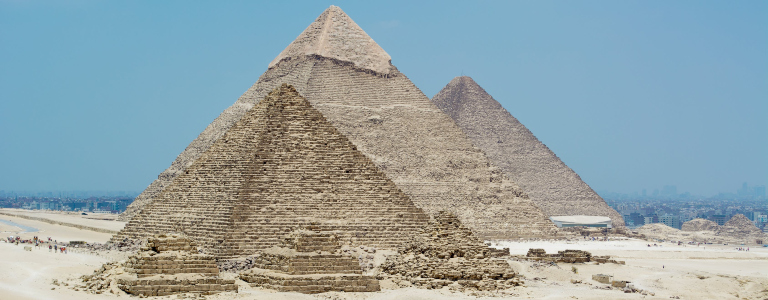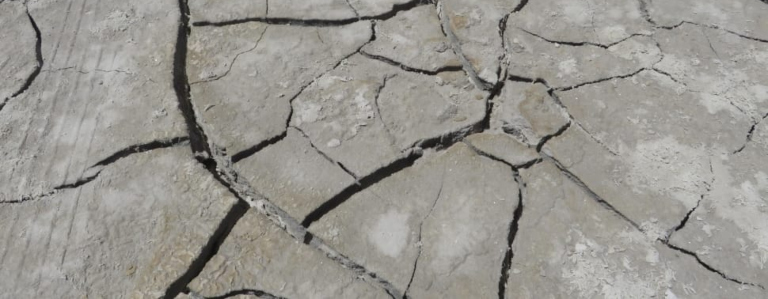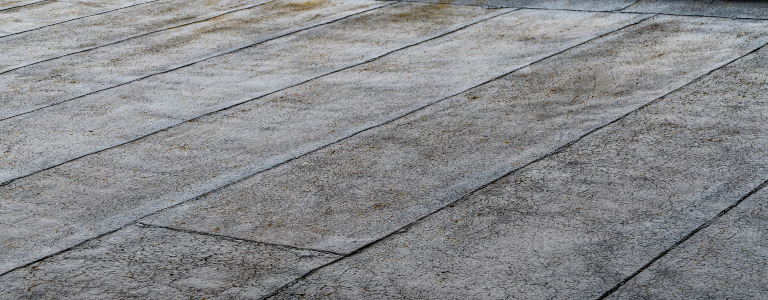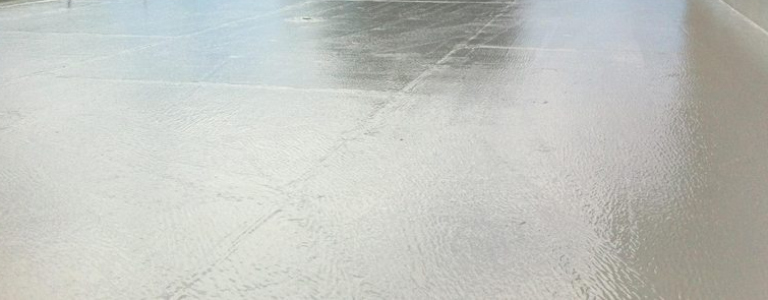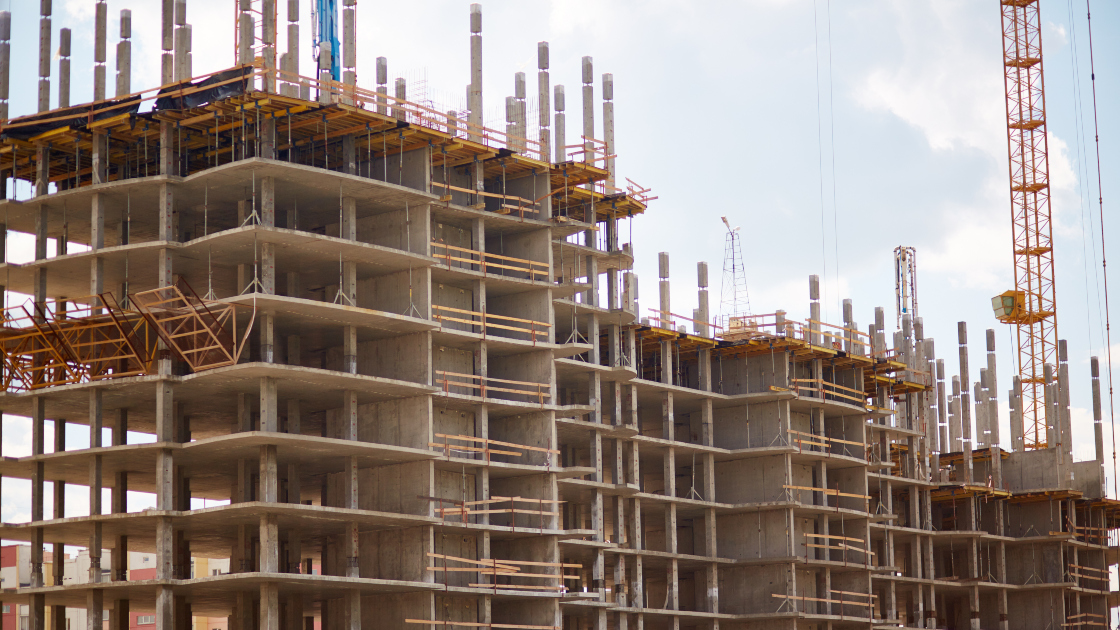
Waterproofing technology has been a significant part of human development ever since humans started travelling over water. Primitive boats, sealed with a bitumen-type substance, were able to last better on the water.
Also, ancient Egyptians had the limestone foundation blocks of the pyramids waterproofed so the structure can withstand the rain.
Despite millennia of waterproofing, water damage is still prevalent and extremely costly. Most of the complaints against builders are due to failures in waterproofing.
Let’s take a look at how far we have come with waterproofing technology and how to ensure you get the best protection.
Waterproofing: Then and now
Early on in human history, it was possible to survive using rudimentary waterproofing methods. This isn’t saying that they weren’t sufficient for their needs at that time.
For example, when the tombs of the pyramids were excavated, scientists were shocked to find things still in immaculate condition, despite the Nile River flooding over the years. It was because the Egyptians had mastered the use of a bitumen-like substance that they had lined their tombs with.
As buildings progressed from being made from stone to newer materials such as metal and concrete, it presented different challenges with waterproofing.
Although it can be harder for water to pass through concrete and metal, it didn’t eliminate the problem. Any cracks or weaknesses can lead to immense water damage, concrete deterioration and metallic rust – all of which can impact the structure of the building.
Cities, in particular, tend to have their buildings multi-layered to facilitate larger numbers of people. Plus, buildings are built high. This is very different from how buildings have been made in the past, leading to unique water damage problems with balconies, flooring, and roofing.
Waterproofing companies throughout Sydney have adjusted their processes and updated their methods to combat the changes in construction.
Rather than using pure bitumen-like substances, there are now two main methods that most waterproofers in Sydney apply to protect roofs, balconies and other surfaces.
Sheet and torch-on membrane
This system of waterproofing is highly effective as it uses a high-heat binding procedure which helps solidify the substance to the ground. Professionals like us at Titan Waterproofing have over 40 years of experience in using torch on membrane waterproofing.
It is a mixture of polymers and bitumen that are heated onto surfaces, creating a durable and robust layer of protection. It is excellent in cold weather and has a high-tensile strength.
Liquid membrane
Liquid membrane application is just as expansive as a sheet and torch-on membrane, but it can also be used in smaller, less accessible areas.
Once the substance is applied, it forms a complete seal that is flexible, UV resistant and breathable. This is an ideal choice for when sheet and torch methods won’t work.
At Titan Waterproofing, we are continually making sure we are up-to-date with our processes and systems. We do this to ensure you get the very best waterproofing in Sydney.
For more information, contact our expert and friendly staff at 1300 761 219. We are happy to help you get your building, home or office watertight and secure!

